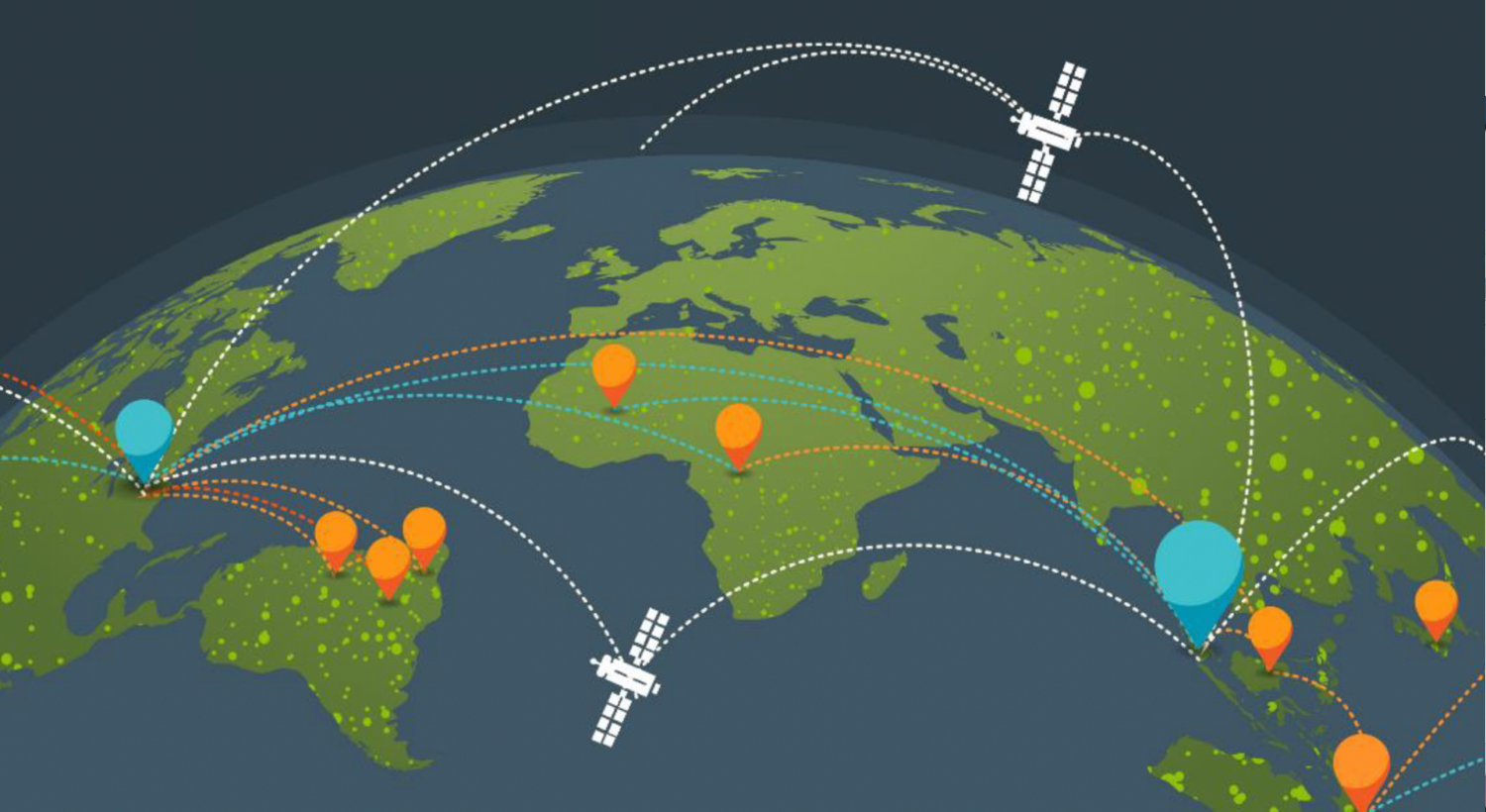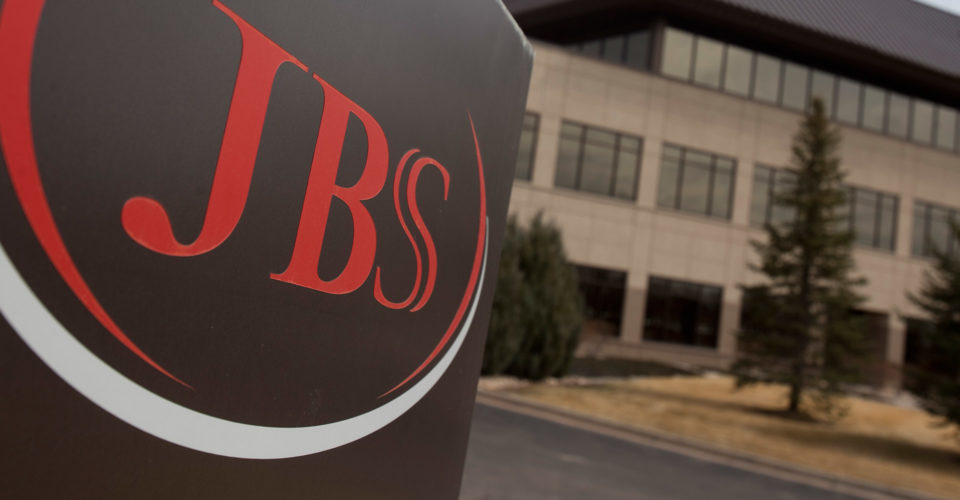Easter Scorecard Methodology – 2020
Easter Scorecard Methodology – 2020
This scorecard ranks and grades chocolate companies on key sustainability issues. Working together, the three organizations Mighty Earth, Green America, and Be Slavery Free developed a survey, sent it to all the companies chosen, and graded the companies.
We focused on the largest and most important cocoa traders and chocolate manufacturers in the industry, as they either take the largest toll or could make a large positive impact.
The survey asked questions covering support for mandatory due diligence regulation, transparency and traceability, deforestation and climate, agroforestry, living income, and child labor. These are some of the most pressing, vital sustainability issues facing the chocolate industry today.
Each company received an ‘egg score’ for each individual category; those egg scores were compiled to determine a final ‘bunny score’.
We also awarded a golden egg prize to a corporate accountability and responsibility leader, and sadly gave a rotten egg award to a company that was particularly problematic.
We recognize that some companies are in the process of addressing key areas of this scorecard; and rather than give them an undeservedly low ‘egg score’ we identified this ‘work in progress’ aspect with an asterisk next to their score for that category. Underneath the scorecard we explain how that company is close to ‘hatching’ up to the next level egg. Below is an explanation of the grading criteria for each of the categories.Due Diligence[vc_separator sep_color=”color-205066″ icon_position=”left” el_width=”25%” el_height=”2px”]In the EU as well as the US, lawmakers are pushing for mandatory human rights and environmental due diligence regulation. This is crucial. Voluntary efforts to transform the industry have failed. Robust regulation is needed. In the last year, the chocolate industry has led the charge worldwide, in supporting regulation.
- Green was received if the company has issued public support for mandatory human rights and environmental due diligence regulation;
- Yellow was received if the company has signed on to the UN Global Compact;
- Red was received if the company has not supported calls for mandatory due diligence regulation nor signed on to the UN Global Compact.
(Note – There are no mandatory due diligence processes being made available outside the EU or USA.)Transparency & Traceability[vc_separator sep_color=”color-205066″ icon_position=”left” el_width=”25%” el_height=”2px”]Without these, few other reforms are possible. If a company doesn’t know where their cocoa comes from, they cannot very well ensure it isn’t tainted by child labor, deforestation, or other abuses. Without transparency on the traceability, civil society cannot hold companies accountable. Thus, both of these principles are crucial as a bedrock for all other reforms. We analyzed responses in five areas for this category:
- percentage of cocoa that is traceable to the cooperative level;
- percentage of cocoa that is traceable to the farm level;
- if the cooperatives that the company sources from are publicly available;
- percentage of West African cocoa that is certified;
- and if there is a time-bound commitment for reaching 100% certification.
Those companies that scored well across nearly all questions, received a green score; those that did well in some areas but scored poorly in others, received a yellow score; those companies that either did not provide responses or did not take responsibility for its role in the supply chain, received a red score.Deforestation & Climate[vc_separator sep_color=”color-205066″ icon_position=”left” el_width=”25%” el_height=”2px”]Cocoa is a major global driver of forest destruction. The two top two cocoa producing countries, Ghana and Côte d’Ivoire, have lost most of their forests in the past 50 years – one third of that loss was for cocoa. They won the ‘World Cup’ of increased rates in deforestation in 2018. But everywhere cocoa grows, studies show it is tied to deforestation, which in turn contributes to climate change. We analyzed the responses in six areas for this category:
- percentage of cocoa sourced that comes from deforested areas since 2017;
- percentage of cocoa sourced that comes from actors who have been deforesting since 2017;
- if the company has a deforestation- free monitoring policy that is applicable to global sourcing, and what percentage of cocoa is purchased through a deforestation monitoring system;
- amount of money invested into addressing deforestation in 2019;
- planned monetary investment into addressing deforestation in next 5 years;
- and if the company has a policy to achieve net zero carbon emissions and is using science-based targets.
Those companies that scored well across nearly all questions, received a green score; those that did well in some areas but scored poorly in others, received a yellow score; those companies that either did not provide responses or did not take responsibility for its role in the supply chain, received a red score.Agroforestry[vc_separator sep_color=”color-205066″ icon_position=”left” el_width=”25%” el_height=”2px”]Though cocoa has been a major driver of deforestation worldwide, it can become the reverse – an agent of re-greening around the planet. Agroforestry, as opposed to pesticide-soaked monoculture, is a more ecologically sound way of growing cocoa in and around other trees. Robust agroforestry cocoa systems are better for the planet, for carbon sequestration, soil and air moisture retention, biodiversity, and also better for farmers’ food security and income diversification. It is a win-win for people and the planet, farmers and forests. We analyzed the responses in four areas for this category:
- percentage of cocoa that is grown in an agroforestry setting;
- if the company disclosed an agroforestry definition;
- if the company has an agroforestry policy;
- and if the agroforestry policy applies globally or only to West Africa.
Those companies that scored well across nearly all questions, received a green score; those that did well in some areas but scored poorly in others, received a yellow score; those companies that either did not provide responses or did not take responsibility for its role in the supply chain, received a red score.Living Income[vc_separator sep_color=”color-205066″ icon_position=”left” el_width=”25%” el_height=”2px”]Most cocoa farmers make less than a dollar a day. Living in terrible poverty, they are more vulnerable to hunger, malnutrition, health crises, and a host of other social challenges including child labor. Recently, the governments of Ghana and Côte d’Ivoire came together to address the problem of scandalous poverty among cocoa farmers, by setting the “living income differential price.”. Moreover, Fair Trade has also raised its floor price, guaranteeing a minimum income to farmers, and Rainforest Alliance/UTZ appear poised to set a better price though they have not yet done so. Given the tremendous suffering embedded in the low price, and also the important reforms afoot, we set aside an entire egg for the issue of Living Income. We analyzed responses in three areas for this category:
- if companies sourcing from West Africa are paying the living income differential price (or an equivalent or higher price for their cocoa in West Africa or globally);
- if companies have programs that work to achieve a living income for farmers, such an income diversification program, program to increase crop yield and most importantly whether with they are committed to pay or are paying an additional premium to farmers they source from; and
- if companies are measuring the impact of their programs and sharing the results.
Those companies that scored well across nearly all questions, received a green score; those that did well in some areas but scored poorly in others, received a yellow score; those companies that either did not provide responses or did not take responsibility for its role in the supply chain, received a red score.Addressing Child Labor[vc_separator sep_color=”color-205066″ icon_position=”left” el_width=”25%” el_height=”2px”]2.1 million children work in the cocoa sector. 96% of them are thought to be in hazardous forms of child labor. These children are being robbed of their future and abused – all the more shameful given that chocolate is often meant to be a treat for kids, especially like around Easter or Halloween. We analyzed responses in six areas for this category:
- if the company has a child labor monitoring and remediation system (CLMRS);
- if the company answered no, was there an alternative and why was the alternative chosen
- the percentage of cocoa sourced through the CLMRS;
- the instances of child labor publicly identified through the CLMRS;
- the monetary investment into the CLMRS program in the last financial reporting period;
- and the amount budgeted for the next three years.
Those companies that scored well across nearly all questions, received a green score; those that did well in some areas but scored poorly in others, received a yellow score; those companies that either did not provide responses or did not take responsibility for its role in the supply chain, received a red score.


